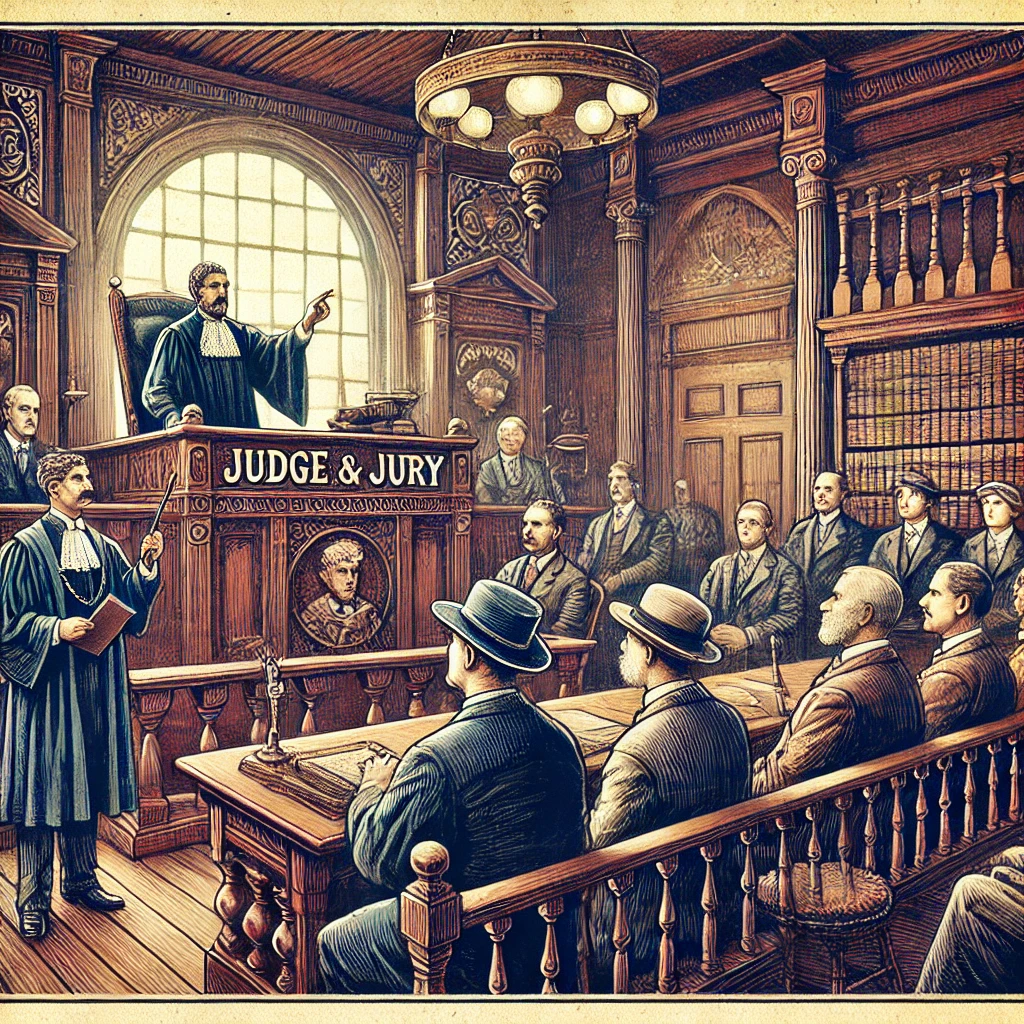
Learning goals
Understand Future Tenses: Learn the structures and uses of the future perfect and future continuous tenses.
Apply in Real Life: Use these tenses accurately in real-life contexts.
Differentiate Tenses: Distinguish between the future perfect and future continuous tenses.
Enhance Communication Skills: Improve your ability to communicate future plans and predictions effectively.
Future Perfect
- Used to describe an action that will be completed before a specific point in the future.
- Structure: Subject + will have + past participle
- Example: “By next year, I will have graduated from high school.”
Practical Examples:
Project Deadlines: “By the end of the month, we will have finished the project.”Life Milestones: “By 2025, she will have traveled to 10 countries.”Work Achievements: “By tomorrow, he will have completed the report.”Personal Goals: “By the time I’m 30, I will have learned three languages.”School Assignments: “By next week, you will have read the entire book.”

Future Continuous
- Used to describe an action that will be in progress at a specific point in the future.
- Structure: Subject + will be + verb(-ing)
- Example: “At 8 PM tonight, I will be studying for my exam.”
Practical Examples:
- Daily Routines: “At 7 AM tomorrow, I will be jogging in the park.”
- Work Schedules: “At this time next week, they will be meeting with the new clients.”
- Travel Plans: “At noon tomorrow, we will be flying to Paris.”
- Social Events: “At 6 PM tonight, you will be attending the concert.”
- Future Predictions: “In ten years, people will be working from home more frequently.”

Distinguishing Future Perfect and Future Continuous
- Future Perfect: Focuses on the completion of an action before a specific time in the future.
- Future Continuous: Emphasizes the ongoing nature of an action at a specific future time.
Comparison Examples:
- Future Perfect: “By 9 PM, I will have finished my homework.”
- Future Continuous: “At 9 PM, I will be finishing my homework.”
- Future Perfect: “By next year, she will have saved enough money for a car.”
- Future Continuous: “At this time next year, she will be saving money for a car.”
- Future Perfect: “By the end of the day, they will have completed the training.”
- Future Continuous: “At the end of the day, they will be completing the training.”
Learning activities
Problem-Solving Task (20 minutes)
Learning Objectives:
- Master Future Tenses: Learn to use the future perfect and future continuous tenses accurately.
- Apply in Real-Life Contexts: Use these tenses to plan and describe tasks for a real-world event.
- Enhance Collaboration Skills: Work collaboratively with a partner to compare and refine your plans.
- Improve Critical Thinking: Develop your problem-solving abilities by organizing and prioritizing tasks.
Instructions:
- Scenario (5 minutes):
- Imagine you are planning a large event, such as a school festival, a charity fundraiser, or a company conference.
- You need to describe what tasks will be completed by certain times (future perfect) and what tasks will be ongoing at specific times (future continuous).
- Task (10 minutes):
- Write sentences using both future perfect and future continuous tenses to outline your plan. Be specific about the times and tasks.
- Example Sentences:
- “By 9 AM, we will have set up all the booths for the festival.”
- “At 10 AM, we will be welcoming the first guests.”
- “By noon, the opening ceremony will have started.”
- “Throughout the day, volunteers will be assisting attendees.”
- “By 5 PM, we will have completed all the scheduled activities.”
- Group Work (5 minutes):
- Pair up with a partner and share your plan. Discuss any differences in your approaches and provide feedback to each other.
- Discussion Points:
- How did you prioritize tasks?
- Which tasks did you decide to highlight with future perfect?
- Which ongoing activities did you describe with future continuous?
- How did you ensure that your plan covers all necessary aspects of the event?
Example Plan:
Imagine you are planning a charity fundraiser.
- By 7 AM, we will have set up all the registration tables.
- At 8 AM, volunteers will be arriving to help with the preparations.
- By 9 AM, we will have received the first donations.
- Throughout the morning, we will be organizing activities and games for the attendees.
- By noon, the main event will have started.
- At 2 PM, guest speakers will be giving their presentations.
- By 4 PM, we will have announced the total amount of money raised.
- At 5 PM, we will be wrapping up the event and thanking all participants.

Story Finishing (20 minutes)
Learning Objectives:
- Master Future Tenses: Learn to use future perfect and future continuous tenses accurately in writing.
- Enhance Creative Writing: Develop your storytelling skills by creating a coherent and engaging narrative.
- Apply Grammar in Context: Use the future perfect and future continuous tenses within the context of a story.
- Improve Presentation Skills: Practice reading aloud and explaining your grammatical choices to the class.
Instructions:
- Scenario Introduction (5 minutes):
- Scenario: It’s the night before the big exam, and you’re reflecting on everything you’ve done to prepare.
- Objective: You will write an ending to this story, incorporating at least three future perfect and three future continuous sentences to describe your preparations and plans for the exam day.
- Writing Task (15 minutes):
- Task: Write an ending to the provided story beginning. Use the future perfect tense to describe what you will have completed by certain times and the future continuous tense to describe ongoing actions during the exam day.
- Example Sentences:
- Future Perfect: “By the time the exam starts, I will have reviewed all my notes twice.”
- Future Continuous: “At 10 AM, I will be answering the questions on the first section of the exam.”
- Class Share (10 minutes):
- Reading Aloud: Each student will read their story ending to the class.
- Explanation: After reading, you will explain your use of the future perfect and future continuous tenses, highlighting why you chose to use each tense in specific parts of your story.
Example Story Ending:
Beginning of the Story: “It’s the night before the big exam, and you’re reflecting on everything you’ve done to prepare…”
Example Ending: “By the time the exam starts, I will have completed all my practice tests. At 8 AM, I will be sitting in the exam hall, feeling confident and prepared. By 9 AM, I will have organized all my materials and will be ready to begin. At 10 AM, I will be answering the questions on the first section of the exam. By noon, I will have finished the most difficult part. During the lunch break, I will be revising my strategies for the final sections. By the end of the day, I will have successfully completed the exam and will be feeling relieved and accomplished.”

Judge and Jury (20 minutes)
Learning Objectives:
- Master Future Tenses: Learn to use the future perfect and future continuous tenses accurately in decision-making scenarios.
- Develop Critical Thinking: Enhance your ability to analyze situations and make informed decisions.
- Apply Grammar in Context: Use future perfect and future continuous tenses to explain your decisions clearly and logically.
- Improve Communication Skills: Practice presenting and defending your decisions to the class.
Instructions:
- Scenario Introduction (5 minutes):
- Objective: Your task is to make decisions based on given scenarios and explain your reasoning using the future perfect and future continuous tenses.
- Scenario: Imagine you are part of a jury that must decide on the best course of action in various situations. Each group will receive a different scenario to analyze and decide upon.
- Task (10 minutes):
- Group Work: Form groups and discuss the scenario provided. Use both future perfect and future continuous tenses to outline your decisions and the anticipated outcomes.
- Example Sentences:
- Future Perfect: “By next month, we will have implemented the new policy to improve safety.”
- Future Continuous: “During the next quarter, we will be monitoring the policy’s effectiveness.”
- Class Discussion (5 minutes):
- Presentation: Each group presents their decisions to the class, explaining their reasoning and how they used future perfect and future continuous tenses.
- Discussion: Engage in a class discussion, comparing different groups’ decisions and the use of tenses. Discuss the strengths and weaknesses of each group’s approach.

Aditional Resources:
– BBC- Learning English
– Future review
